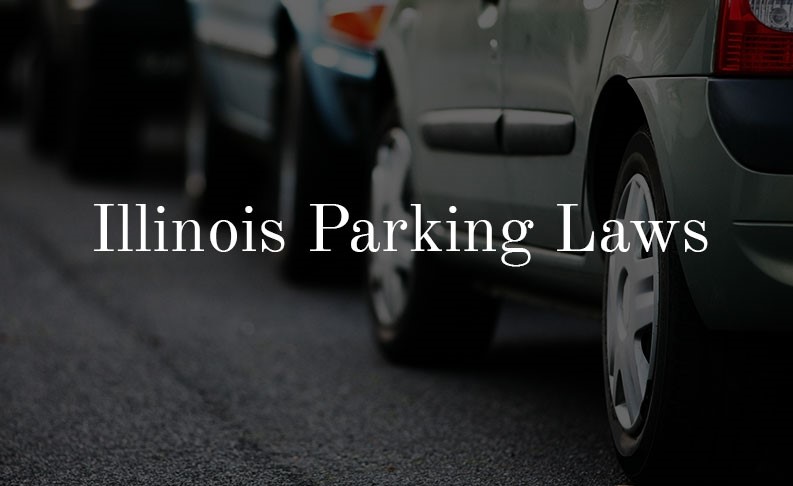Illinois Parking Laws
Car Accident,Pedestrian Accident,Personal Injury - August 26, 2019 by Horwitz, Horwitz & Associates
Everyone knows they must follow traffic laws when their vehicle is in motion, but it is important to remember that there are laws when it comes to parking your vehicle as well. Illegally parking a vehicle in Illinois can lead to major fines or even worse, pedestrian collisions. If drivers do not abide by these laws and hit a pedestrian this could be grounds for a lawsuit. Contact a Chicago pedestrian accident attorney if you have questions about pedestrian accidents and parking lot laws.
Today, we are exploring Illinois parking laws. While we are going to review the state laws, it is important to remember that each town and city will have their own laws in place as well. It is always a good idea to research the laws in each municipality you live or travel to.

Hill Parking in Illinois
When you are on a hill, make sure your vehicle is in ‘park’ and apply the parking/emergency brake.
- If you are on a street with a curb and you parked facing downhill, turn your front wheels towards the curb.
- If you are parked facing uphill and there is a curb, turn the front wheels away from the curb.
- If you are parked on a hill and the street has no curb, turn the front wheels to the side of the road on which you parked.
Parallel Parking in Illinois
When parallel parking, vehicles must be parked in the direction in which traffic is moving. When parallel parked with two-way traffic, park so that the right-side wheels are parallel with and within 12 inches of the curb. If you are parallel parked on a one-way street, park within 12 inches of the right or left curb.
Prohibited Stopping, Standing, and Parking
You cannot stop, stand, or park in certain places. In many jurisdictions, prohibited areas are marked by signs, but Illinois has laws in place that may not always be indicated by a sign. Stopping, standing, or parking is prohibited in the following areas:
- On the roadway side of any parked vehicle, also known as double parking.
- On a sidewalk, crosswalk, or inside an intersection.
- In a marked safety zone.
- Beside any street excavation or obstruction if your vehicle would be blocking traffic.
- On a bridge, overpass, railroad track, or within a highway tunnel.
- In any area between roadways of a divided highway.
- On a paved roadway or highway outside business or residential districts if it is possible to stop or park off the roadway. In an emergency, make sure you have your emergency flashers on and that there is enough space for other vehicles to pass around you.
- At any place where official signs prohibit stopping, standing, or parking
You also may not park within 15 feet of a fire hydrant, within 20 feet of a fire station driveway or crosswalk, or within 30 feet of a ‘stop’ or ‘yield’ sign.
Parking for People with Disabilities
Only people with license plates or placards denoting they have a disability may park in spaces reserved for persons with disabilities. These vehicles also do not have to pay parking meter fees or adhere to time limits (unless parking is limited to 30 minutes or less).
The authorized holder of the disability plate or placard must be present for these parking rules to be valid. Nobody else is allowed to use these types of parking spaces.


